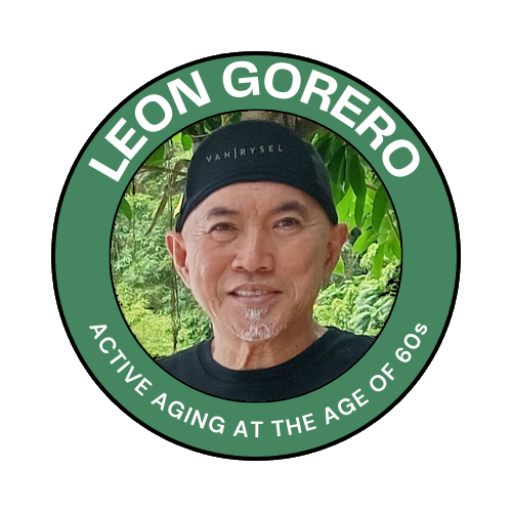As we age, maintaining physical fitness becomes more than a lifestyle choice—it becomes a cornerstone of health, vitality, and independence. After 50, the body changes such as muscle loss, reduced bone density, and slower metabolism, making regular exercise crucial. Here, we delve into why physical fitness matters more than ever after 50, backed by well-known studies and suggested readings.
1. Preserving Muscle Mass and Strength
After the age of 50, muscle mass decreases at an annual rate of 1-2%, a condition known as sarcopenia. Strength training is a proven method to counteract this decline. The Journal of Aging Research highlights that resistance exercises not only preserve muscle mass but also enhance overall strength and functionality.
Suggested Reading:
- “Resistance Training for Older Adults” (Journal of Strength and Conditioning Research)
2. Enhancing Bone Health
Bone density diminishes with age, increasing the risk of osteoporosis and fractures. Weight-bearing exercises, such as walking and resistance training, stimulate bone formation. According to a study published in the New England Journal of Medicine, consistent physical activity can significantly reduce the risk of hip fractures in older adults.
Suggested Reading:
- “Exercise and Bone Health” (National Osteoporosis Foundation)
3. Boosting Cardiovascular Health
Cardiovascular diseases are the leading cause of mortality worldwide, with risk factors increasing as we age. Regular aerobic exercise improves heart health by reducing blood pressure, improving cholesterol levels, and enhancing circulation. A landmark study by the American Heart Association underscores the importance of at least 150 minutes of moderate-intensity aerobic exercise weekly to maintain cardiovascular health.
Suggested Reading:
- “Exercise Standards for Testing and Training” (Circulation Journal)
4. Supporting Mental Health and Cognitive Function
Physical activity is not just beneficial for the body but also the mind. Exercise has been linked to a lower risk of cognitive decline and conditions like Alzheimer’s disease. A study published in The Lancet found that regular exercise enhances neuroplasticity, promoting better memory and problem-solving skills.
Suggested Reading:
- “Physical Activity and Cognitive Health” (Alzheimer’s Association)
5. Managing Weight and Metabolism
Metabolic rate slows down with age, making it easier to gain weight. Exercise helps regulate metabolism, prevent obesity, and reduce the risk of type 2 diabetes. The Diabetes Care Journal states that regular physical activity improves insulin sensitivity and glucose metabolism in older adults.
Suggested Reading:
- “The Role of Exercise in Preventing Diabetes” (Diabetes Care)
6. Improving Balance and Reducing Fall Risk
Falls are a leading cause of injury among older adults. Strength and balance exercises, such as yoga or tai chi, improve coordination and reduce fall risk. Research from the Journal of Geriatric Physical Therapy highlights that these practices significantly enhance stability.
Suggested Reading:
- “The Impact of Tai Chi on Balance” (Journal of Geriatric Physical Therapy)
Conclusion
Physical fitness after 50 is essential for maintaining health, independence, and quality of life. From preserving muscle mass to improving mental clarity, the benefits are profound and well-documented. To start or enhance your fitness journey, consult healthcare providers and explore reliable resources such as the National Institute on Aging for tailored advice. Remember, staying active isn’t just about adding years to your life—it’s about adding life to your years.
